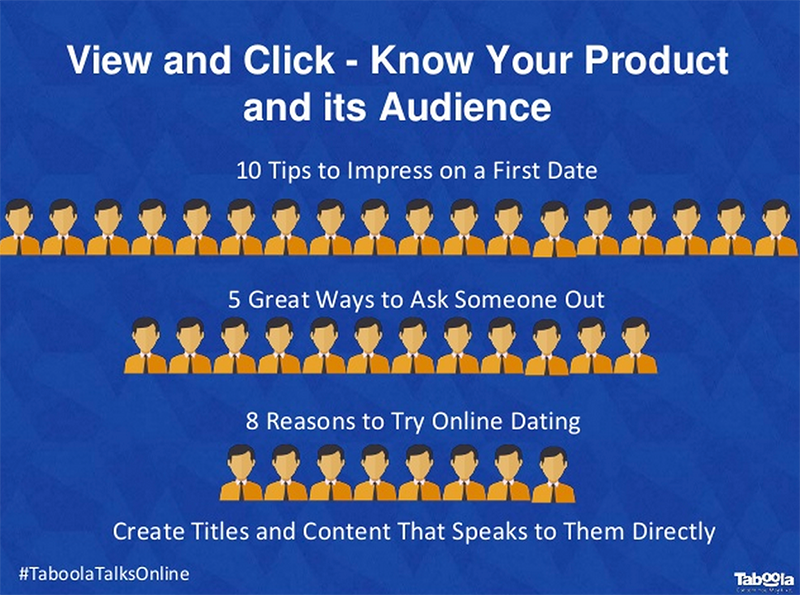
Success in affiliate marketing is all about getting your content noticed, but that can be easier said than done when there’s so much of it about. The bid for your readers’ attention is competitive business, so it pays to get as much help in that department as possible. This is where content discovery channels, such as Taboola, can be of great use.
Whether you already know about them or not, chances are you’ve already encountered the likes of Taboola when visiting a major online publication like The Huffington Post, Vevo, and Elle Magazine. Theirs are those clickable thumbnail links in the sidebar; typically labelled ‘Don’t Miss Out’, featuring stories and articles that are designed to attract readers through titillation, intrigue, or immediate gratification.
Yes, they might appear absurd, but they are strangely compelling and highly effective at drawing people’s attention and inciting click through to the actual content page. This then enables the channel to serve the reader related content they may like, using an algorithm to ensure content is delivered to key demographics.
This means publishers can submit performance-driven content linking to a promotion and Taboola will issue your content to targeted readers, effectively targeting your marketing at the same time. There is of course no guarantee that the article you have created will lead to an offer conversion, but the quality of the traffic means the chances are significantly improved.
The rules for creating content that converts via Taboola and the like are pretty much the same as when creating any kind of performance-driven content. Just to recap, your three priorities – in order of sequence – are:
This means enticing and informing your readers BEFORE you start selling to them. We’ve broken the process down into steps to make it easier.
Perhaps the most difficult task when creating content is to come up with a lead-in. This is the initial headline, displayed alongside the clickable thumbnail, to catch people’s attention and encourage them to click through to the article.
Success here is all about knowing your promotion and your audience; using relevance and personal resonance, without one compromising the other.
Some promotions will be easier to write for than others, especially those which have a greater personal resonance. The key is to find what that personal element is and then to use it to speak directly to and connect with your audience.

Above image: Effective lead-in examples for dating site promotional offer. Source, Taboola.
Performance-driven articles are best structured when the content begins by informing the reader, and then gradually and organically ties in the promotion about a half to a 1/3 of the way through. This is done by drip-feeding information to the reader in such a way that they always want to keep reading more, prepping them for that all important CTA.
Message match your article headline with that of the clickable thumbnail headline. This will remove any confusion about landing on a new page, encouraging readers to persist with your content by delivering what was promised in the initial lead-in.
Avoid dense bodies of text and break up large paragraphs to make copy visually less daunting to read on first impression, this could otherwise lead to visitors exiting the page as soon as they arrive.
Introduce your promotion once the broader values have already been established through context. Then you can talk about the key values of your specific product when the reader is already actively engaged, this will make it easier to sell.
Integrate your CTA organically in with the copy as either an emphasised hyperlink, button with text, or field forms. It’s important to avoid giving your CTA it’s own dedicated portion of the page (as you would on a dedicated landing page) because it immediately looks less like an article and more like the fore mentioned, putting readers off as soon as they arrive. However, you still need to make sure it stands out so readers are absolutely clear about its function.